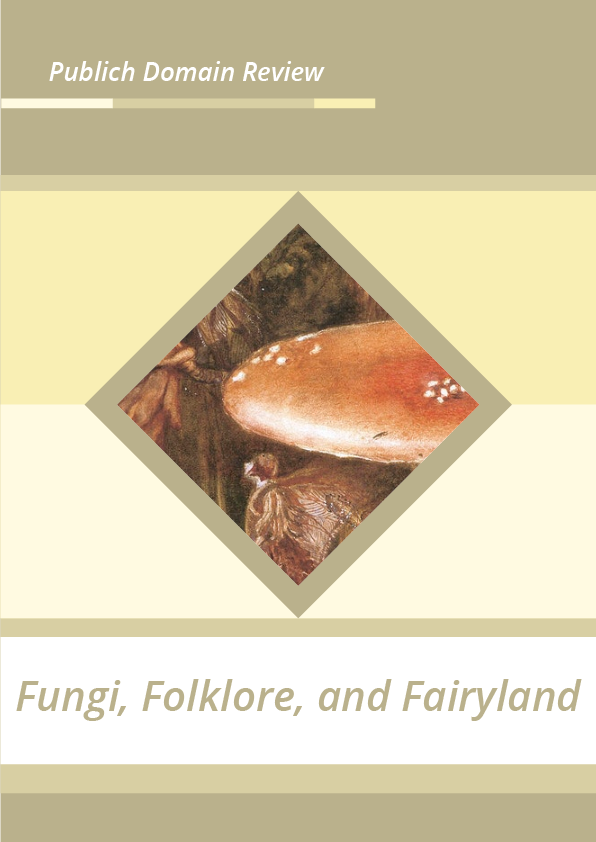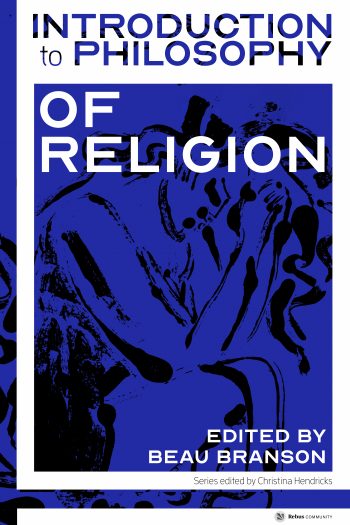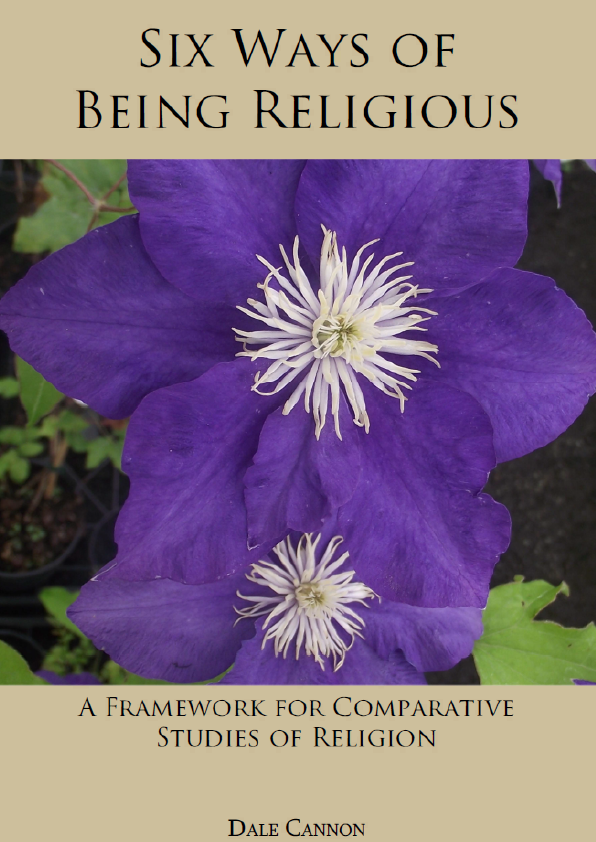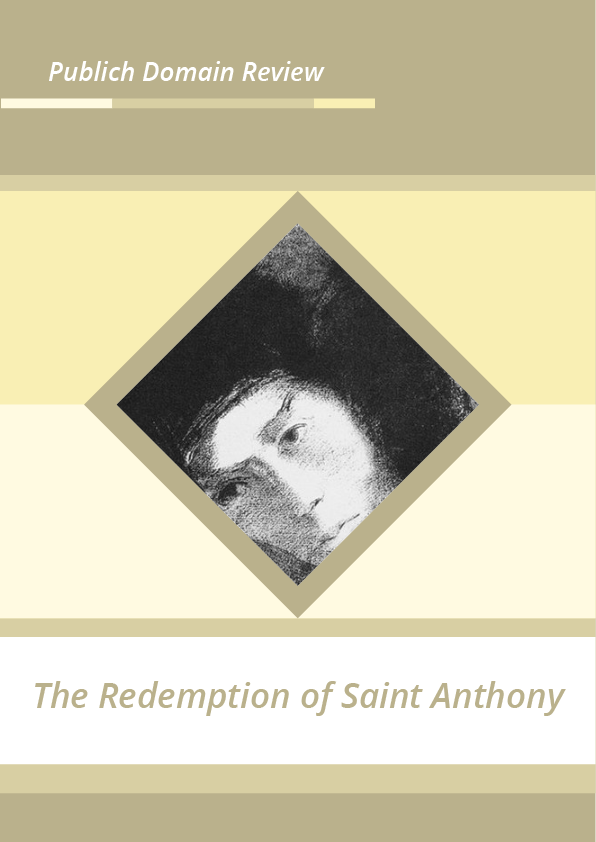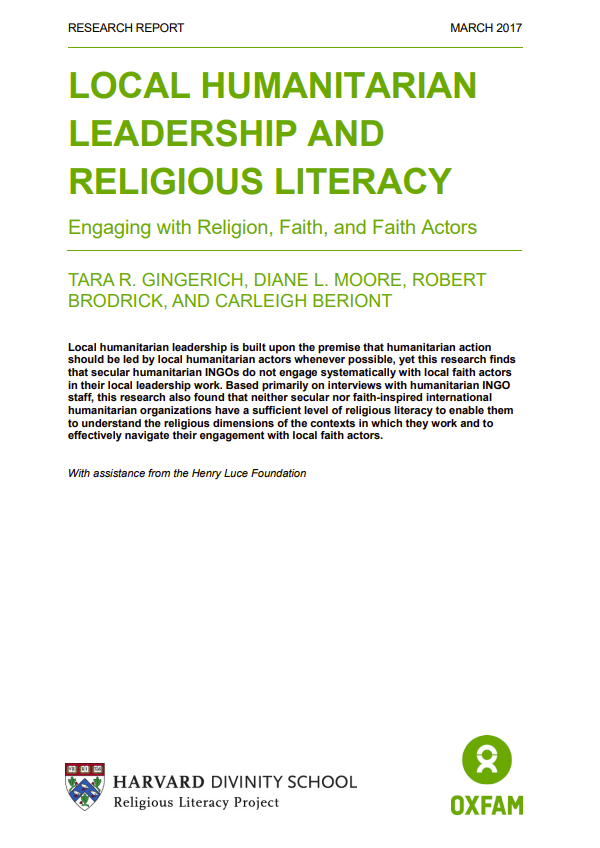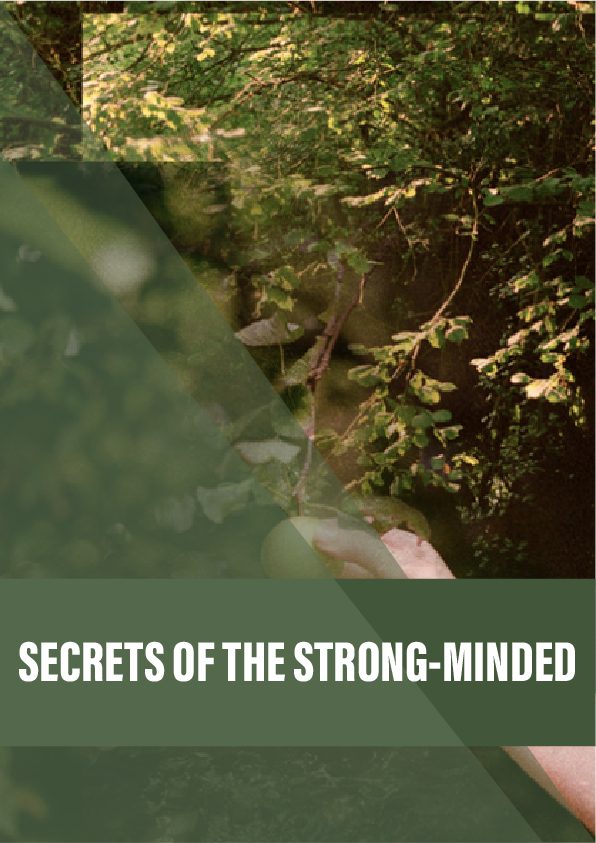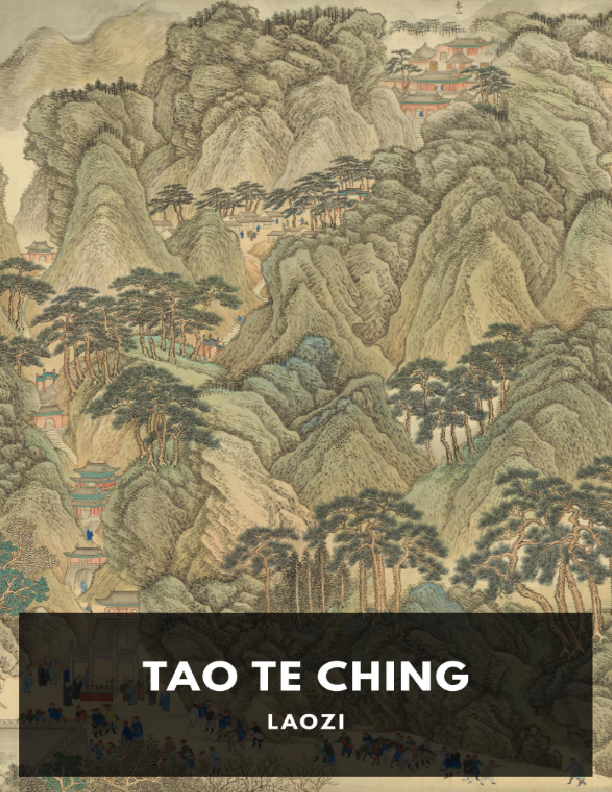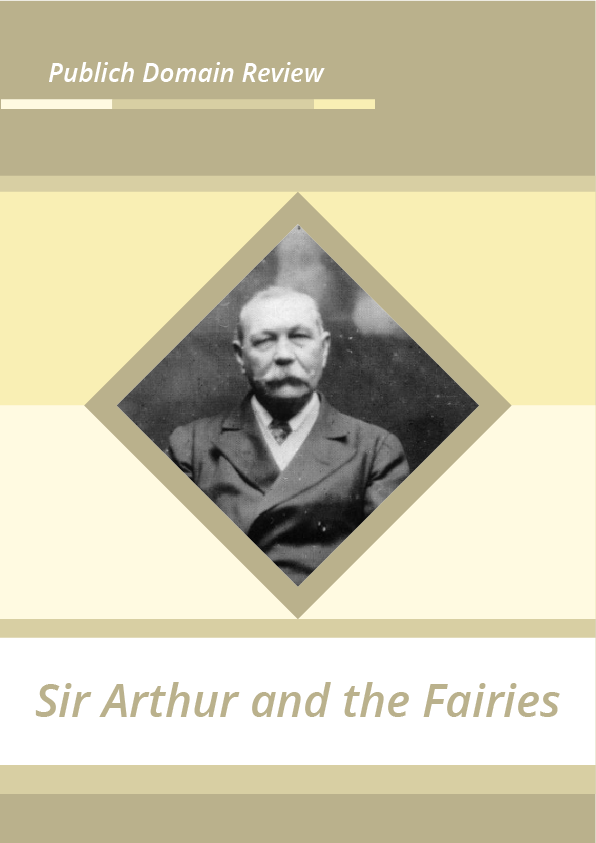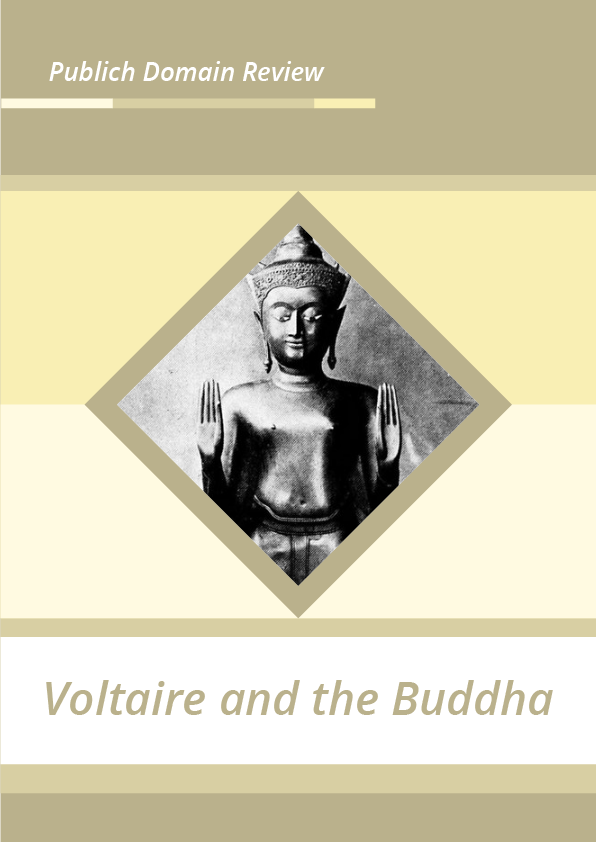From fairy-rings to Lewis Carroll’s Alice, mushrooms have long been entwined with the supernatural in art and literature. What might this say about past knowledge of hallucinogenic fungi? Mike Jay looks at early reports of mushroom-induced trips and how one species in particular became established as a stock motif of Victorian fairyland.
The first recorded mushroom trip in Britain took place in London’s Green Park on October 3, 1799. Like many such experiences before and since, it was accidental. A man identified in the subsequent medical report as “J. S.” was in the habit of gathering small mushrooms from the park on autumn mornings and cooking them up into a breakfast broth for his wife and young family. But this particular morning, an hour after they had finished it, everything began to turn very strange. J. S. noticed black spots and odd flashes of colour interrupting his vision; he became disorientated and had difficulty in standing and moving around. His family were complaining of stomach cramps and cold, numb extremities. The notion of poisonous toadstools leapt to his mind, and he staggered out into the streets to seek help, but within a hundred yards he had forgotten where he was going, or why, and was found wandering in a confused state.
By chance a physician named Everard Brande was passing through this part of town, and he was summoned to treat J. S. and his family. The scene he witnessed was so unusual that he wrote it up at length and published it in The Medical and Physical Journal a few months later. The family’s symptoms were rising and falling in giddy waves, their pupils dilated, their pulses fluttering, and their breathing laboured, periodically returning to normal before accelerating into another crisis. All were fixated on the fear that they were dying except for the youngest, the eight-year-old son named as “Edward S.”, whose symptoms were the strangest of all. He had eaten a large portion of the mushrooms and was “attacked with fits of immoderate laughter” which his parents’ threats could not subdue. He seemed to have been transported into another world, from which he would only return under duress to speak nonsense: “when roused and interrogated as to it, he answered indifferently, yes or no, as he did to every other question, evidently without any relation to what was asked”.
Dr Brande diagnosed the family’s condition as the “deleterious effects of a very common species of agaric [mushroom], not hitherto suspected to be poisonous”. Today, we can be more specific: this was intoxication by liberty caps (Psilocybe semilanceata), the “magic mushrooms” that grow plentifully across the hills, moors, commons, golf courses, and playing fields of Britain every autumn. The botanical illustrator James Sowerby, who was working on the third volume of his landmark Coloured Figures of English Fungi or Mushrooms (1803), interrupted his schedule to visit J. S. and identify the species in question. Sowerby’s illustration includes a cluster of unmistakable liberty caps, together with a similar-looking species (now recognised as a roundhead of the Stropharia genus). In his accompanying note, Sowerby emphasises that it was the pointy-headed variety (“with the pileus acuminated”) that “nearly proved fatal to a poor family in Piccadilly, London, who were so indiscreet as to stew a quantity” for breakfast.
Mike Jay has written extensively on scientific and medical history. His books on the history of drugs include High Society: Mind-Altering Drugs in History and Culture and his most recent Mescaline: a Global History of the First Psychedelic.
